Rhubarb is an everlasting vegetable known for its sour taste and thick stalks, usually cooked with sugar and red and it is not one of those cheapest vegetables which you can get anytime. It was earlier an essential ingredient for herbal medicines from Asia.
Rhubarb blooms as soon as the season changes, marking the onset of the spring season, it is the first plant to come in spring, and if you grow it, you automatically get to know that spring has arrived, with its reddish stalks and large leaves.
You cannot tell whether Rhubarb is a fruit or vegetable or what, but mostly rhubarb stalks are dipped in sugar and eaten. As soon as summer hits, the recipes of Rhubarb become increasingly active, pies, bars, candies, sauces, etc., you can make so much.
But the main question comes on growing it, it is quite hard, and there can be a lot of mishaps in growing it like its leaves are thin, it is not growing correctly, etc. but what if we tell you that it is not hard to grow Rhubarb, you can grow it quickly in a container or pot.
Rhubarb is a plant grown in a cold climate, needing an extended 40° to make itself grow for the following season.
It grows best in climate zones 4-7. It does need sunlight too, but only if you give the plant enough water and not let it dehydrate.
If your plant is healthy, you can get heavy, large, and beautiful stalks for seven years or more. Rhubarb’s harvest beings in late spring and lasts for 8-10 weeks. Each plant will produce at least 3 pounds of stalks, which is more than enough to make anything out of it.
The main question is what factors we should keep in mind before putting a rhubarb plant or seed in a pot or container.
Although it has been said to grow any plant outdoors, in a garden, rather than growing it indoors, if you do not own a garden yet, and most definitely want to have a Rhubarb plant, worry not, you can grow it in a pot too!
Points to Keep in Mind Before Planting Your Rhubarb Plant:
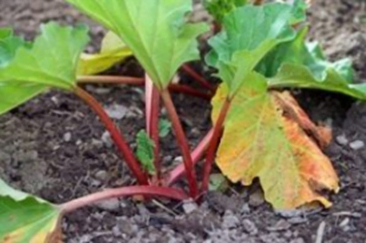
1. Pot Size
Buy a pot that can hold 40 liters of soil in it or 10 gallons because the Rhubarb plant has long roots, so that you will need a bigger pot, or else it will fall out.
Not only that, but the larger pot will also help in providing better insulation to the plant in winters, so it is best to buy a large pot.
You can easily find these pots online or near your local nursery, or anywhere else.
2. Type of Soil
Rhubarb grows best in organic soil, mix some healthy compost to the general gardening soil, and your plant will come out luscious.
Also, a ph. level of 6.0 to 6.8 works wonders for this plant, which means slightly acidic.
You can check your soil’s ph. with the help of a ph. You can also add grounded coffee to your soil in the test strip to make it acidic.
Making your compost or manure will work even better for your plant. Make sure that there is enough moisture since it requires lots of water.
3. Its Food
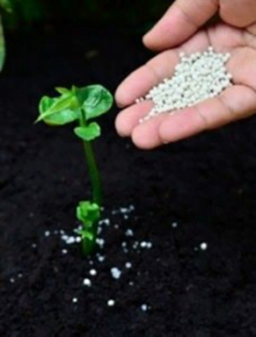
During one year, the mixed soils are the food for your plant, and they will be enough for your plant to get a healthy root system and hold its form while overdose will lead to fertilizer burn.
You do not need to harvest for the current season. Let your plants take up as many nutrients as possible, and then harvest them next season.
When the Spring season arrives, you can use a 10-10-10 fertilizer or a standard garden fertilizer to make your plant come extra-strong, bearing thick and excellent stalks.
4. Harvesting Time
Rhubarb starts to harvest from April till September in the northern regions.
As it grows, make sure to cut down the flowers so that all its nutrients and juices go into the stalks, which is what we need.
The stalks before you harvest them will be 12-18 inches in length, firm, and have a reddish color during the second year.
When you look at the plants and decide to pick up a particular plant, you can either grab the plant’s base, twist and lift it to break free, or use a very sharp knife and cut as closely from the base as you can.
5. Harvesting
In southern regions, Rhubarb can harvest before April, and it is your choice to take some time or harvest during that season only.
If you wait long enough for the plant to harvest, thinking it can have more nutrients, then the plant will result in thin leaves, which will I return have weakened stems because the plant gets its nutrients from the leaves, so make sure to pick them out at an appropriate time.
6. Winter Has Approached
During winters, let the plant run its natural course by shedding its leaves, then you can cut the stalks from the ground, leaving the bud part exposed. You can conserve the plant’s moisture by applying mulch to it or manure, but make sure to leave the buds exposed, or else the plant will rot.
If you live in a cold area, you can either wait for the time the temperature is warm to grow your Rhubarb or cover your pot with bubble wrap or cloth and keep it in a moderate temperature room, probably the room in which you have a fireplace, however, make sure that your plant is getting both heat and water.
Troublesome Points
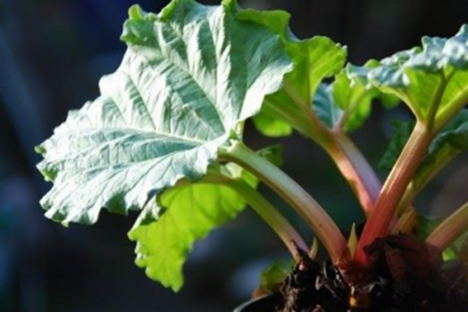
Although there is likely nothing to happen with your plant, there are always some troubling points that come up. Let us look at them.
- One complaint that you can have is that the plant was entirely grown in the first year, but not during the second year or second spring.
- This can happen when your plan was not wholly dormant, or the winter temperature in your area was too warm, and the plant got dehydrated quickly, or it was too cold, and the roots got frozen.
- The stalks came out thin and not long enough, this can happen because either your plant has over-harvested, that is, you took long enough for it to be cut out and the leaves became thin, thereby producing thinner stalks, or it overgrew, in which case, you can divide the plant and re-plant it.
- The plant comes bearing dead or dying leaves. This will happen when you are not providing your plant with enough water, or too much water, and the plant is drowning.
- For this, you can check the soil’s moisture, and it should be moist not more than one inch below the top of the soil.
- If this is not the case, then either your plant lacks nutrients or fed it too many fertilizers. You can use the fertilizers once in the whole season of spring and follow the directions on the packet you purchase.
- The plant is wilting during the summers, which it will since the temperature is over 90°. You need to make sure that your plant has moist and well-drained soil even during the summers to ensure its proper growth.
- For your pot, please keep it in a shady area during the summers, where the light comes in intervals or for less period.
Conclusion
You do not need to worry if you do not own a garden but want to grow plants or just a particular one, like the Rhubarb. You can grow it in a large pot, and you must make sure to use a container that can hold 10 gallons of soil
Ensure that your soil is of mixed type, a standard gardening soil with healthy compost or manure. Only feed your plant during the spring season and only once, as that will be sufficient for the plant.
Harvesting your plant is very important. If you harvest it early, you might interrupt the growth, and if you over harvest it, then the stalks will be thin, and you will not want that.
And most importantly, only you can make sure of the climate in your area. If it is too cold, then keep your plant in a wet and dry room of your house. If it is too hot, then keep it in shady areas. Sunlight comes less.
Follow all these steps, and you are good to go, do not wait more and start growing your Rhubarb plants now.

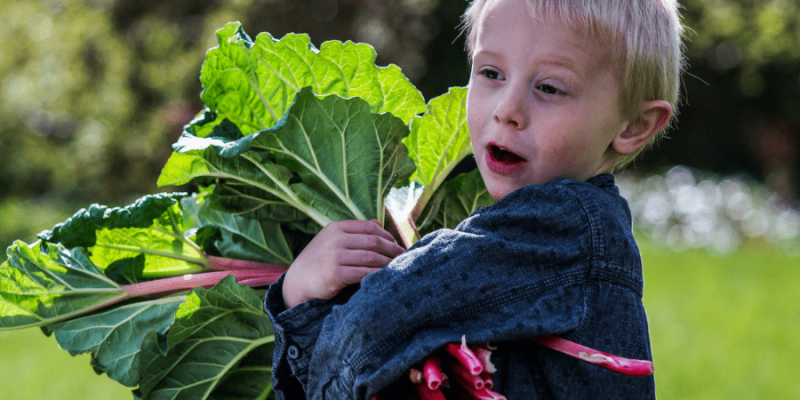
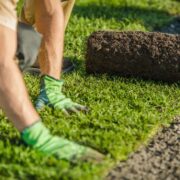
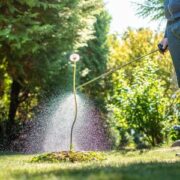

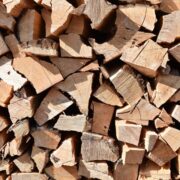
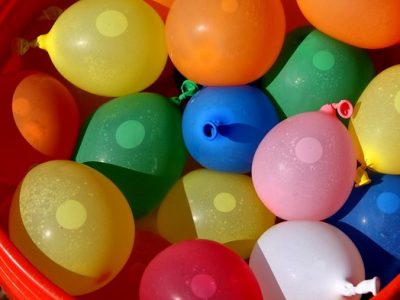

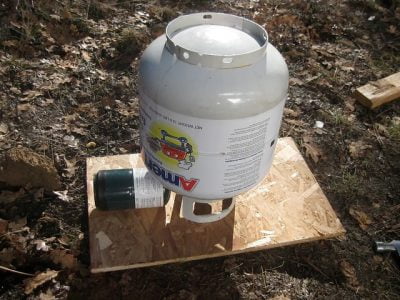
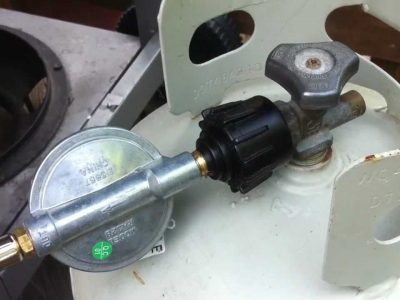


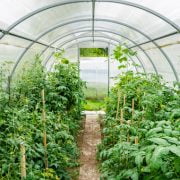
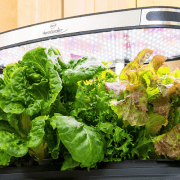
Comments